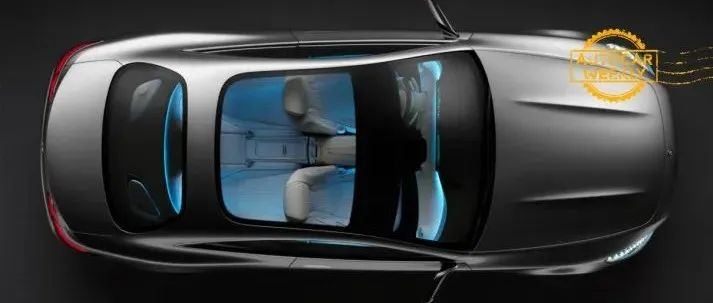Ye’s Lament
Legend has it that there was a man named Ye who people called Ye Gong. He often sighed about everything good with his car except for the lack of a sunroof. When he would eventually buy a new car, it would have to come with a super large panoramic, borderless sunroof so he could gaze upon the stars and sunrises and sunsets while traveling from the northern grasslands to the eastern shores.
Years later, facing a 42℃ heatwave and the #FullPanoramicRoofsAreSoHot trend, Colonel Yen Diya would recall the afternoon that the 4S shop showed him how the sunscreens worked.
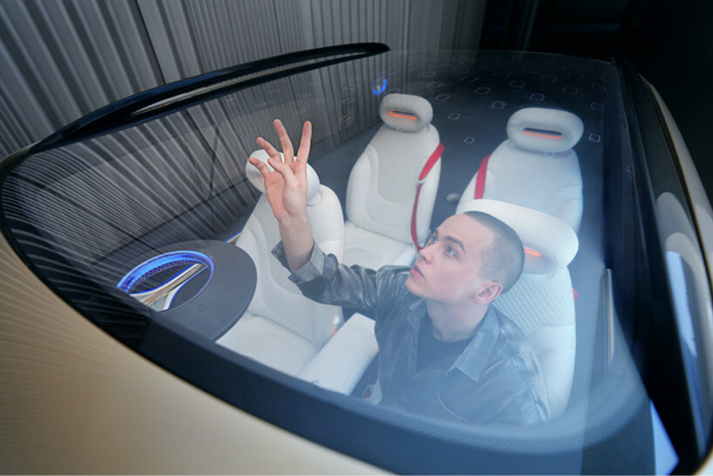
The agony of having a panoramic sunroof that lets in too much sun is particularly acute today. On the one hand, panoramic sunroofs have become commonplace and almost a standard feature in every car. On the other hand, manufacturers have actually removed the electric sunscreens from many of these sunroofs. So now we have no choice but to rely on our skin to protect us from the sun. Recently, Tesla and XPeng customer service representatives have been repeatedly asked about this issue and can only suggest that car owners purchase fixed sunscreens.
Strictly speaking, a full panoramic roof is a fixed, non-opening sunroof/transparent roof with no sunscreens. It may be seen as a typical example of a “looks good” configuration.
Anti-UV, But Not Anti-Sauna
Just over a decade ago, sunroofs were still considered a rare feature that was a mark of a “luxury car.” Young consumers today have never heard of, and would have a hard time imagining, the manual sunroof. This was the awkward product that manufacturers developed to meet consumers’ “luxury” demands in a time when even power windows and central locking were not standard on all cars.
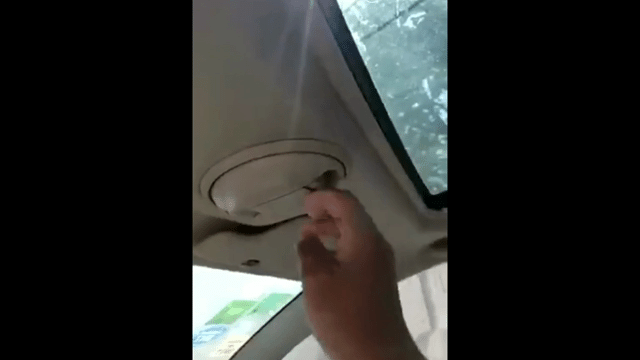
Today is a different era, where even small sunroofs in the front of the car are considered “classic.” If a car model does not have a panoramic sunroof or glass roof, then how can one call oneself part of the luxury car segment? Sunroof technology has even evolved to include features like solar power generation and electrochromic glass.
However, having a “big sunroof” is not the direct cause of the problem of excessive sun exposure. When small sunroofs evolved into full panoramic roofs, a piece of glass was usually added behind the center beam of the car roof, thus creating what is essentially two separate sunroofs, with the opening ability usually retained in the front half, and a sunshade either hidden at the very end of the roof or installed separately for each section of the sunroof.
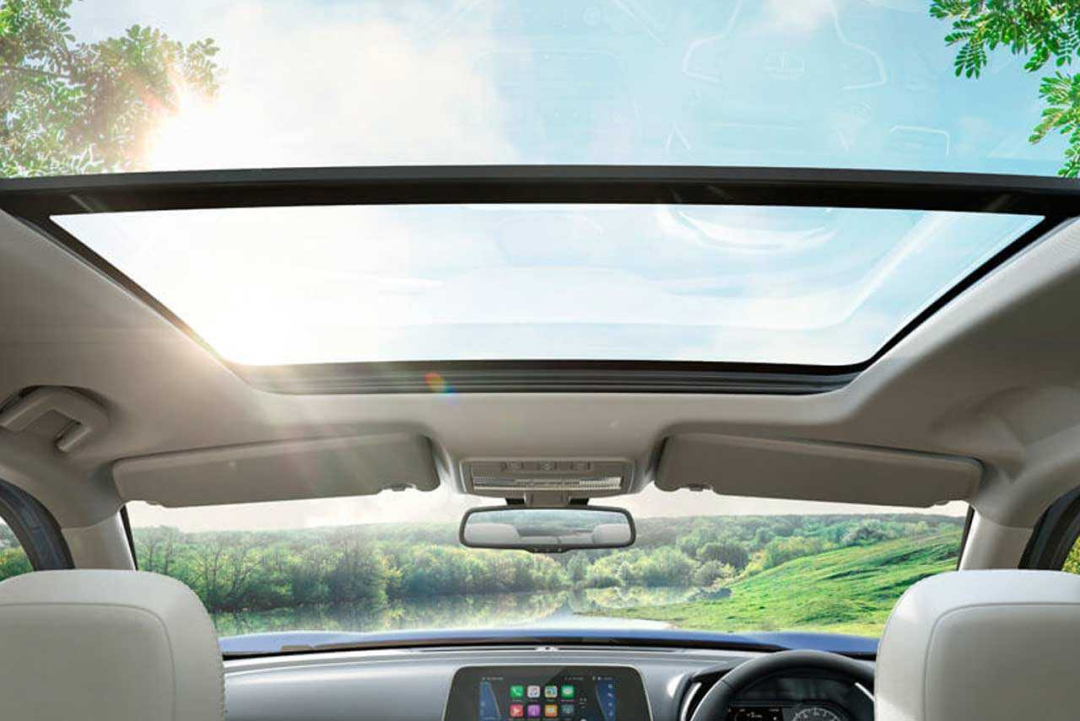 It was not until Tesla appeared that the four models of Tesla all had exaggerated large glass roofs. Model X integrated the front windshield with the front end skylight, removing the front roof beam; Model 3 and Model Y extended the rear windshield to the rear headrests. Maybe it is because the sunshine in California is too beautiful, and all Tesla models do not have any built-in movable sunshades.
It was not until Tesla appeared that the four models of Tesla all had exaggerated large glass roofs. Model X integrated the front windshield with the front end skylight, removing the front roof beam; Model 3 and Model Y extended the rear windshield to the rear headrests. Maybe it is because the sunshine in California is too beautiful, and all Tesla models do not have any built-in movable sunshades.
This approach quickly extended to other electric models, especially new Chinese cars that follow in Tesla’s footsteps. For example, XPeng G3 adopts the same skylight integrated front windshield as Model X, while NIO ET7 and ET5 adopts a more conventional front and rear segmented panoramic sunroof, but also without a retractable sunshade.
Panoramic sunroofs without sunshades have gradually become a visible trend.
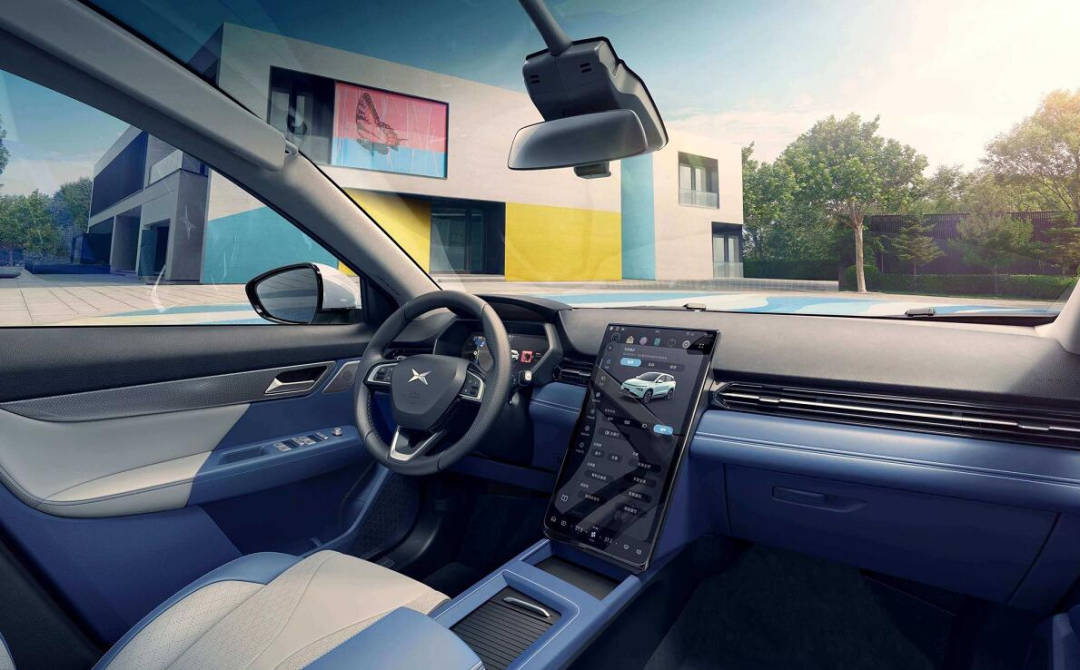
In order to dispel consumers’ subconscious worries, almost all panoramic sunroofs without sunshades are vigorously promoted by automakers as “effective barrier against ultraviolet rays” and “99.9% ultraviolet ray blockage.” This statement is not untrue, but due to consumers’ blind spots in cognition, it comes with some confusion.
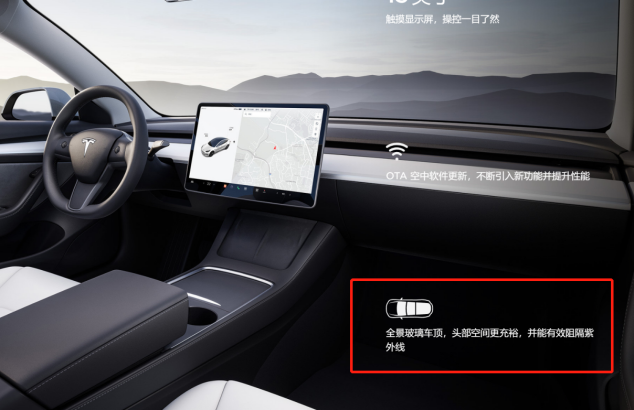
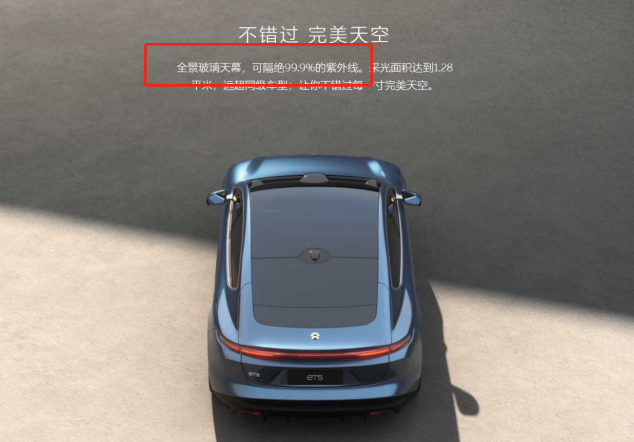
UV-blocking glass is not any high-tech technology. Simply adding some metal oxide to ordinary glass can achieve the function of filtering ultraviolet rays.
However, if you haven’t returned the high school physics to the teacher, you should still remember that among the three main bands of solar radiation, the other end is the infrared rays marked with “thermal effects”. It is generally believed that about 40% of solar radiation is visible light, 50% is infrared radiation, and UV radiation is less than 10%.
In other words, even if 99.99999% of ultraviolet rays are blocked, more than 90% of light can still penetrate this glass. The role of UV-blocking glass is to prevent long-term exposure of UV radiation from harming the skin, eyes, and prevent the interior from fading and aging. As for whether it is hot or not, it’s not their job: they only protect against sunburn, not heat.
Low-E low-heat radiation glass that reflects specific infrared light has been developed to reduce solar radiation heat without affecting optical transmittance. But the simplest and most efficient method is just two words: “cover up”, such as dark tinted film, or sunshade. The emerging technology is electrochromic glass, which also sacrifices optical transmittance (but adjustable) without the need for additional shading measures.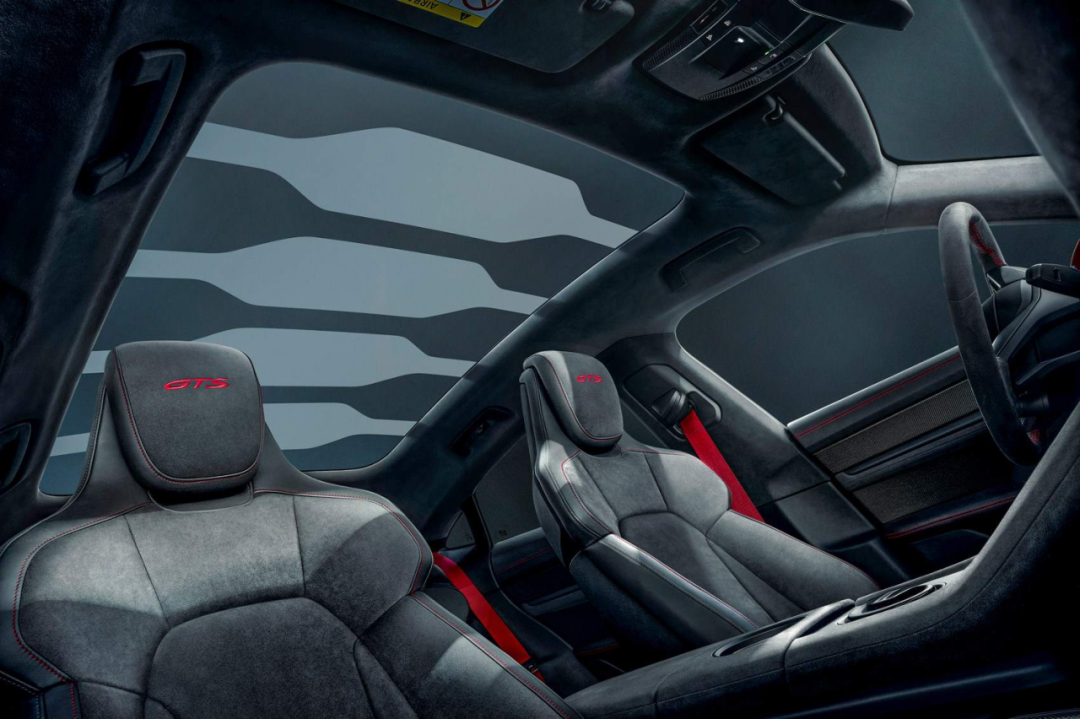
Today, most panoramic sunroof-equipped models that do not have a sunshade are electric cars, especially pure electric sedans (such as the NIO SUV, which has an electric sunshade while sedans do not).
One reason is that the electric car chassis needs to lay the battery pack flat, which squeezes the vertical space inside the car. A panoramic sunroof can reduce the depression inside the car at both physical and mental levels. Because the top space is precious, the sunshade needs to leave an extra space and add a slide rail inside the structure on both sides. In the case of limited vertical space, it is possible to give up the sunshade.
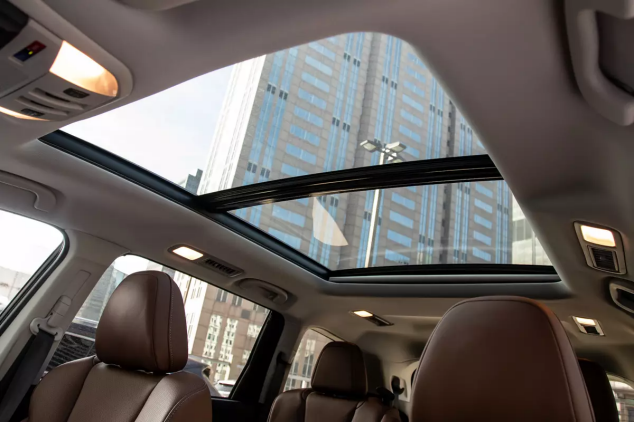
If the electric SUV can still accommodate a sunshade structure in the car’s height, the pure electric sedan may have the motivation to sacrifice the sunshade.
The roof structure of NIO ET7 is relatively conventional. The crossbeam in the middle of the front and rear rows can actually be expanded to accommodate a sunshade and a motor, etc. But due to the lack of sufficient height to accommodate the sunshade and its slide rail, as well as the fact that the sunshade structure will cause the lower part of the crossbeam to bulge, affecting the atmosphere and rear view of the car, it was eventually not designed with a sunshade.
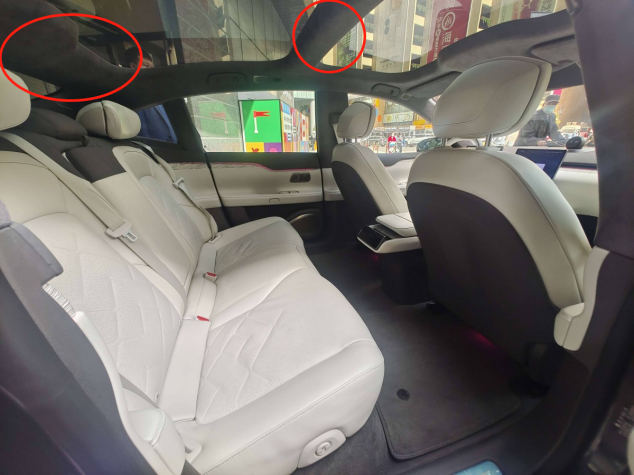
For those models that do not have a naturally designed sunshade and do not have an electrochromic panoramic sunroof, the only solution is to install the sunshade later. Tesla’s official store has always sold sunshades for various models, and third-party platforms such as Taobao and Jingdong have everything. Because these sunshades are of fixed design, disassembling them requires a certain degree of effort and cannot achieve the desired effect of an electric sunshade.
The “harsher” solution is darkening film adhesive, which does not require disassembly and does not occupy roof space. However, this obviously reduces the significance of the panoramic sunroof and is more suitable for car owners who have to accept the sunroof due to limited model configuration.
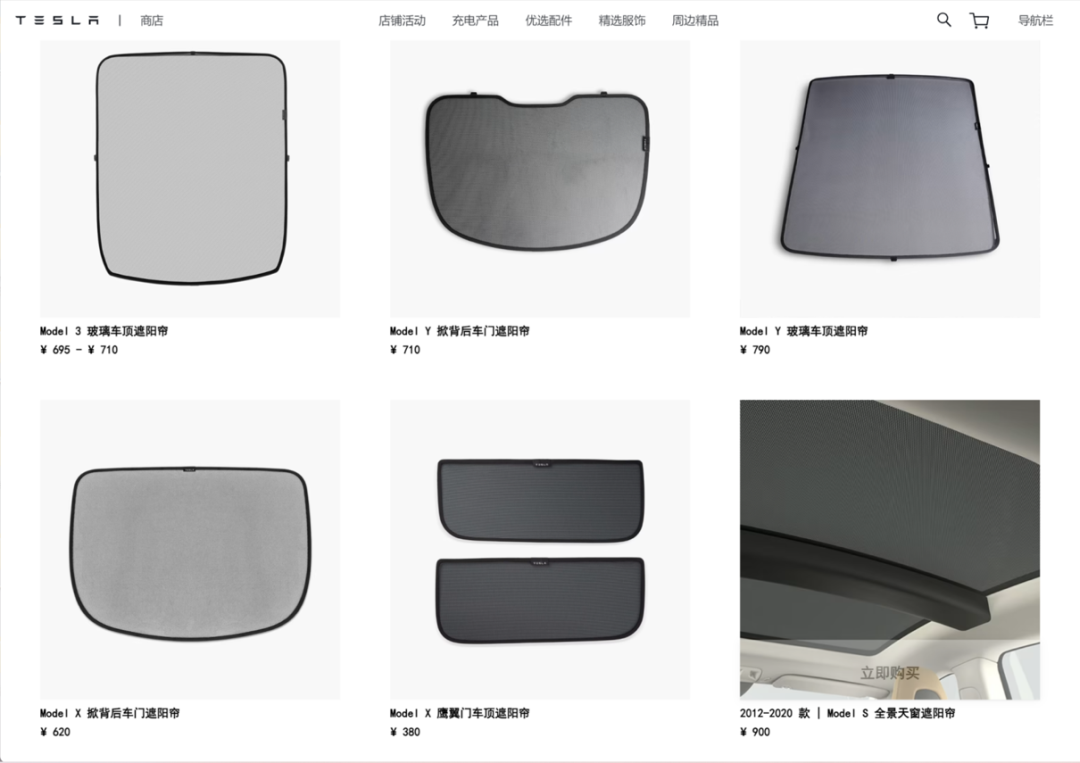
Replacing steel with glass at a cost
From small sunroofs to panoramic glass sunroofs, it has only been more than ten years. For most people, sunshine and stars are enough temptation. But it must also be aware that turning the upper part into a single piece of glass comes at a cost to the vehicle’s other performance.Any form of sunroof will cause some loss of body rigidity. Whether it’s a small sunroof, a panoramic sunroof, or a non-openable glass roof, the roof crossbar that can connect the left and right B-pillars is forced to “evacuate”. This means that the middle of the body lacks a complete circular structure (B-pillar-roof-car bottom), and the circular structure is precisely one of the most effective means of improving rigidity.
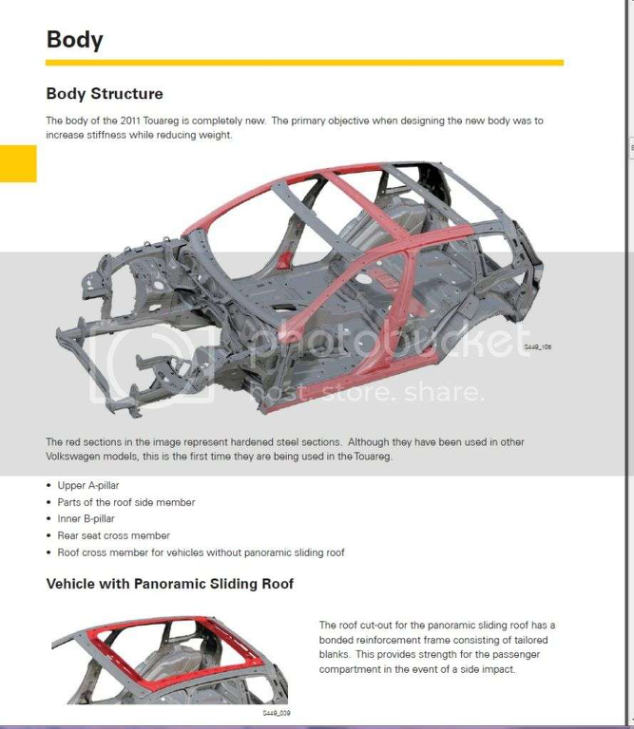
Even traditional small sunroofs and front-and-rear separated double sunroofs will destroy the coherent integrity of the middle ring structure of the body due to the position of the roof crossbar being pushed back to a position behind the B-pillar. As for a fully glass roof with no crossbar or opening, it goes without saying.
Depending on the specific situation, the version of a model with a sunroof will have a decrease in body torsional stiffness of 10% or even 20% compared to the version without a sunroof. Taking a domestically produced CMA platform model as an example, the body without a sunroof has a torsional stiffness of 26,500 Nm/°. However, in the same model with a panoramic sunroof, the torsional stiffness drops to 23,500 Nm/°, a decrease of 11.3% (data from the European Body Congress).
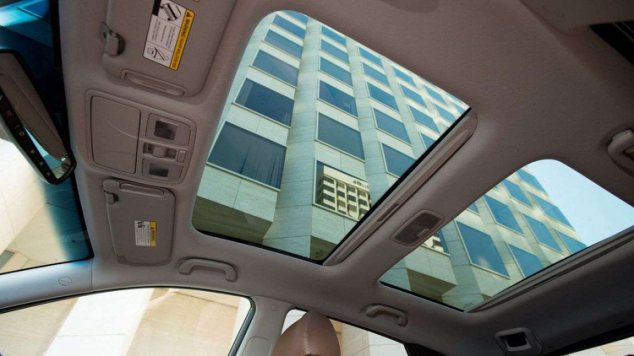
The stiffness of the body has a fundamental determining role on the ultimate NVH performance of the entire vehicle.
The high or low stiffness of the body will affect the modal frequency, which can be simply understood as the natural frequency of the body. If you have also heard the old story of soldiers marching across a bridge, you should know that when the external frequency is close to the natural frequency, the resulting resonance will amplify the vibration. Therefore, the lower the modal frequency of the body, the easier it is to be excited by the external (such as the road) and the more frequent the body’s slight deformation, vibration, noise and discomfort.
Insufficient body stiffness and low modal frequency require more efforts in terms of weight, assembly precision, and cost to compensate for NVH through post-treatment means. It is like the human skeleton determines the foundation of the body structure. Of course, you can exercise to develop stronger muscles and run faster. But if the skeleton itself is longer, the same training effect will make you run even faster.
However, in most cases, if it is only a different version of the same model with a sunroof or without a sunroof, car companies usually do not invest much effort in improving the NVH performance of the sunroof version. Therefore, the entry-level version without a sunroof may actually be the most comfortable “foundation” of the entire car series, which is not surprising.
For high-performance cars and sports cars that prioritize performance handling, the sunroof is a “burden that cannot be borne.” Compared with a car without a sunroof, a small-sized sunroof will increase the weight by 30-70 kg, and a panoramic sunroof can add up to 50-90 kg. On the one hand, these dozens of kilograms of weight are enough to give car manufacturers and engineers a headache. On the other hand, the weight piles up on the top of the car, which can also cause problems with the vehicle’s center of gravity.
Porsche 911 has taken a different approach and offers a steel sunroof as an optional accessory for owners, which can be opened and provides partial ventilation while keeping weight increase to a minimum. When the 911 Targa model was previously characterized by “panoramic sunroofs,” only the Targa version offered four-wheel drive to resist the stability loss brought about by the increase in roof weight and center of gravity (later, as panoramic sunroofs became less novel, the Targa returned to a T-type convertible roof structure).
The increase in weight is even worse news for pure electric vehicles. According to estimates for general electric vehicles, reducing the weight by 100kg increases the cruising range by about 10%. 70kg of weight is equivalent to carrying an additional adult male, and the effect of weight reduction is considerable.
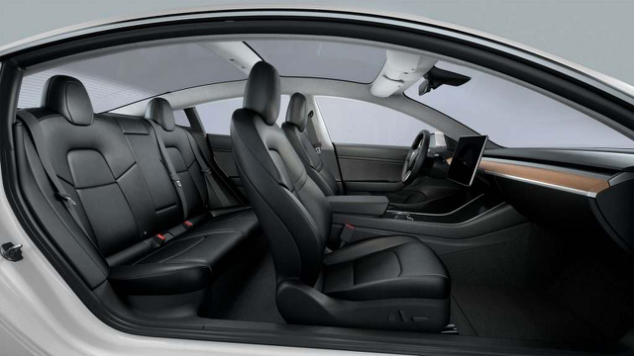
It’s not that sunroofs should be eliminated from the automotive world just because they have various drawbacks, such as weakening the car body, reducing comfort, taking up space, increasing weight, raising the center of gravity, and affecting handling… The desire to look up at the sky that sunroofs provide is irreplaceable. For many young people who have just bought their first car, the possibility of seeing stars may be more important than anything else.
However, when you joyfully choose a car with a larger sunroof, you don’t just get to enjoy the benefits it provides for free; you unknowingly give up something else as a consequence. Whether this trade-off is worth it is a personal choice, and everybody’s answer is different. This world needs a little diversity.
This article is a translation by ChatGPT of a Chinese report from 42HOW. If you have any questions about it, please email bd@42how.com.
